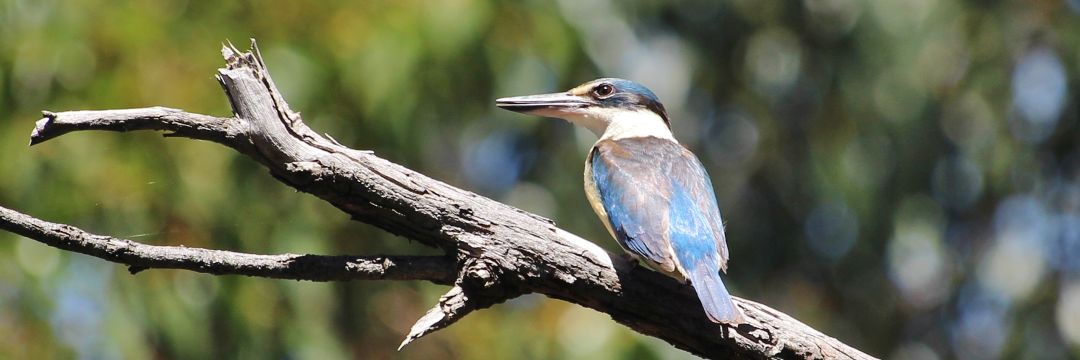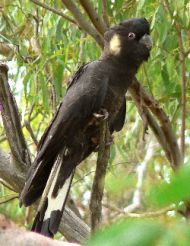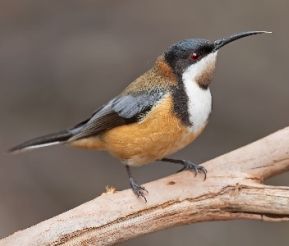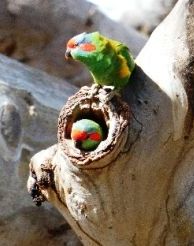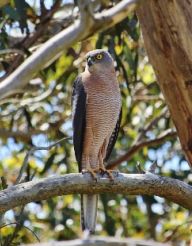Park Fauna
A wide range of native fauna can be found around Macclesfield including Western-grey Kangaroos, echidnas, possums, reptiles, Honeyeaters, Superb Fairy-wrens, Parrots, Rosellas, Owls, Hawks and Microbats. An excellent book on the fauna of the region is the Natural History of Strathalbyn and Goolwa Districts by the Strathalbyn Naturalists Club Inc (2000). The Bushcare brochure with more details of our local flora and fauna can be downloaded
here.
Eastern Long-neck Turtles Chelodina longicollis are the most widespread of the turtles in south-eastern Australia. They live in any body of fresh water, from the rivers, to permanent and temporary wetlands and farm dams. They eat crustaceans, yabbies, tadpoles, and water insects and play an important role in our waterways as scavengers cleaning up dead fish. This species remains largely within the water but will travel over land at times to find new water sources and will come out to nest on the banks in spring. At this time they are at risk of getting run over when crossing roads to nesting sites and their eggs are often eaten by foxes.
For more information:
TurtleSat
or 1 Million Turtles
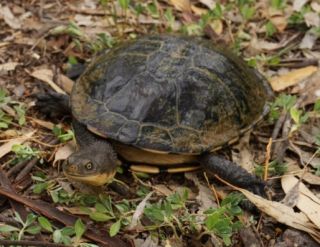
Photo D McKnight
Rakali Hydromys chrysogaster are web-footed otter-like mammals with a white tip to their tail. It is one of only two freshwater amphibious mammals in Australia, the other is the platypus. A largely solitary creature, it lives in metre long burrows along river banks and feeds on fish, yabbies, frogs, reptiles and aquatic insects. It is considered threatened in the Adelaide Hills due to grazing of watercourses and predation by foxes, cats and domestic dogs.
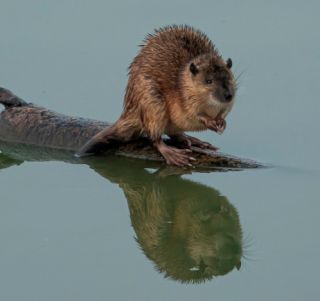
Photo Neil Edwards
Swamp rats Rattus lutreolus make nests and tunnels underground (usually 10-25 cm below the surface) as well as runways through dense vegetation. Their main food source is seeds, roots, leaves of grasses and to a lesser extent insects and fungus.
They live for 2-3 years and breed over summer. Their nests and mounds can be seen along the Angas River and its tributaries.
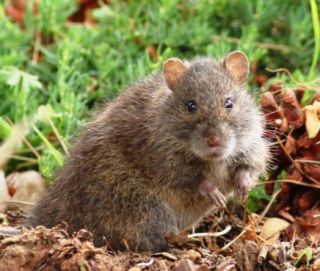
Photo Martin Stokes
Bush rats Rattus fuscipes live in forests, woodlands and heath. They prefer to live in the dense forest understorey, sheltering in short burrows under logs or rocks and lining their nests with grass. They are omnivores and eat fungi, grasses, fruits, seeds and insects.
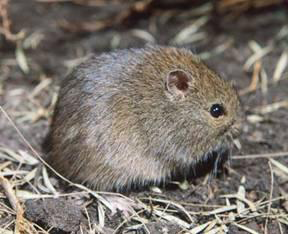
Picture from Museum Victoria website
Echidnas Tachyglossus aculeatus can be seen wandering around Macclesfield. They are egg-laying mammals and are solitary except in the breeding season when a number of males will follow a female around. She lays an egg in her pouch for 10 days before hatching a “puggle” – a baby echidna. They eat worms, beetles and larvae of many insects. They have large overlapping territories up to 50 hectares and some much larger.
For more information:
The Echidna – Australia’s Enigma by Dr. Peggy Rismiller
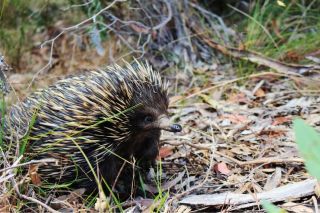
Photo Darcy Whittaker
Mountain galaxias Galaxias olidos is a small native fish found in the upper reaches of the Angas River. Other native fish found further downstream include the endangered Southern Pygmy Perch Nannoperca australis and the River Blackfish Gadopsis marmoratus.
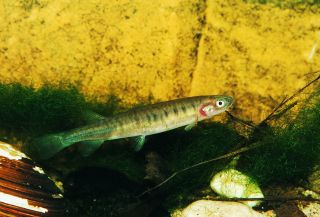
Photo Dr M Hammer
Bats - Seven species of bat have been recorded around Macclesfield: Gould's Wattled Bat Chalinolobus gouldii, Chocolate Wattled Bat Chalinolobus morio (Greenhills), Little Forest Bat Vespadelus vulturnus, Southern Forest Bat Vespadelus regulus, White-Striped Free-tail Bat Austronomus australis, Lesser Long-eared Bat Nyctophilus geoffroyi and South-Eastern Free-tail Bat Mormopterus planiceps.
Microbats have persisted when many other species of small native mammal have declined or disappeared entirely. However, due to their nocturnal habits, relatively little is known about their populations and their habitat associations. The microbats around Macclesfield are insectivorous and roost mainly in tree hollows and under bark. They play a part in insect control and are an important food source for animals higher up in the food chain like owls.
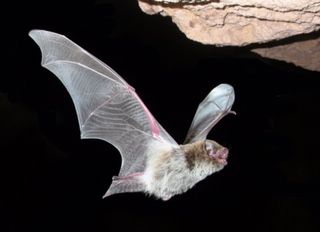
Photo Terry Reardon and Steve Bourne
Chocolate Wattled bat
Birds
A wide range of birds can be seen in our region. However, as much of the native habitat areas are small and isolated from each other, they are not big enough to sustain some species and many of our woodland birds are in decline.
Woodland birds include Honeyeaters, Superb Fairy-wrens, Parrots, Rosellas, Owls, Hawks and Yellow-tailed Black Cockatoos. Birds of waterways and wetlands include The Australian Reed Warbler, Sacred Kingfishers, Wood ducks, Pacific Black Duck, Little Pied Cormorant, Dusky Moorhen and Eastern Swamp Hen.
For more information:
Fleurieu Birds by Peter Gower
or visit the following websites
(PDFs)
Bushland Birds of the Adelaide Hills
Wetland Birds of South Australia
Wetland Birds of south eastern Australia identification booklet
|
|
|
|
|
|
|
|
Photos by John Gitsham, Darcy Whittaker, Anne Welsh |
|||

